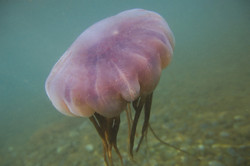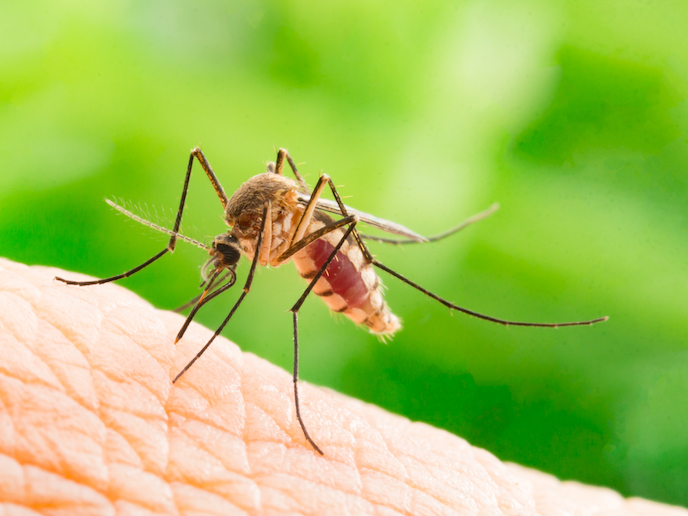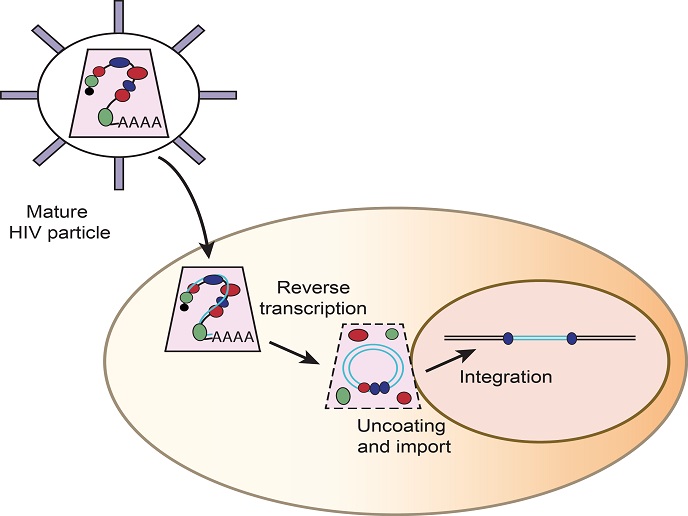Mesoderm evolution for animal complexity
More highly evolved animals have three germ layers and less complex creatures have only two. The difference is in the mesoderm that gives rise to important organs such as the skeletal, muscle and vascular systems. Study of the Cnidaria group comprising of jellyfish and sea anemones suggests that the mesoderm evolved from the inner germ layer, the endoderm. Comparison of gene networks of different animals revealed what genes in the acoel worms gave rise to the new mesoderm layer. The EU-funded MESODERM EVOLUTION (The development and evolution of the mesoderm in basal bilaterian acoel worms) project has investigated mesoderm development in the acoel species, Isodiametra pulchra (I. pulchra). Techniques used included fate map analysis and gene expression studies. They also compared this genome and transcriptome with other acoel worms i.e. the Nemertoderma and Xenoturbella species. The researchers have put together a more detailed fate map than from previous research using confocal imaging of living fluorescently labelled worms. Study of expression of mesoderm transcription factors revealed that only a small number of cell types are present. This suggests that the functional parts of the organs from the mesoderm must be secondarily derived. Timing of expression of candidate genes is also a crucial factor in development. MESODERM EVOLUTION scientists have determined the rate of expression in more than 10 developmental stages. Tissue specific transcriptomes will also help to determine lineage specific genes responsible for mesoderm formation. In the bid to identify specific functions of genes and thereby reconstruct the gene regulatory network, the team established RNA inference methods. By the end of project, the researchers had successfully knocked down the expression of some genes, which will help to identify their individual functions. Project members used molecular biology to build a picture of gene regulatory networks. This has led to a better understanding of how evolutionary changes in development can result in changes in the body plan. This substantial knowledge base on the evolution of complexity in animals can also be used by other research teams.







